2018 is upon us, but we can’t properly usher in the new year without giving some major kudos to the games we fell in love with in 2017. For some of us, it was an easy decision. For others, it took some deliberation. From blockbuster hits for major publishers to awesome titles from smaller studios, here’s the GameSkinny roundup for Game of the Year.
Jonathan Moore – Senior Editor
Nex Machina
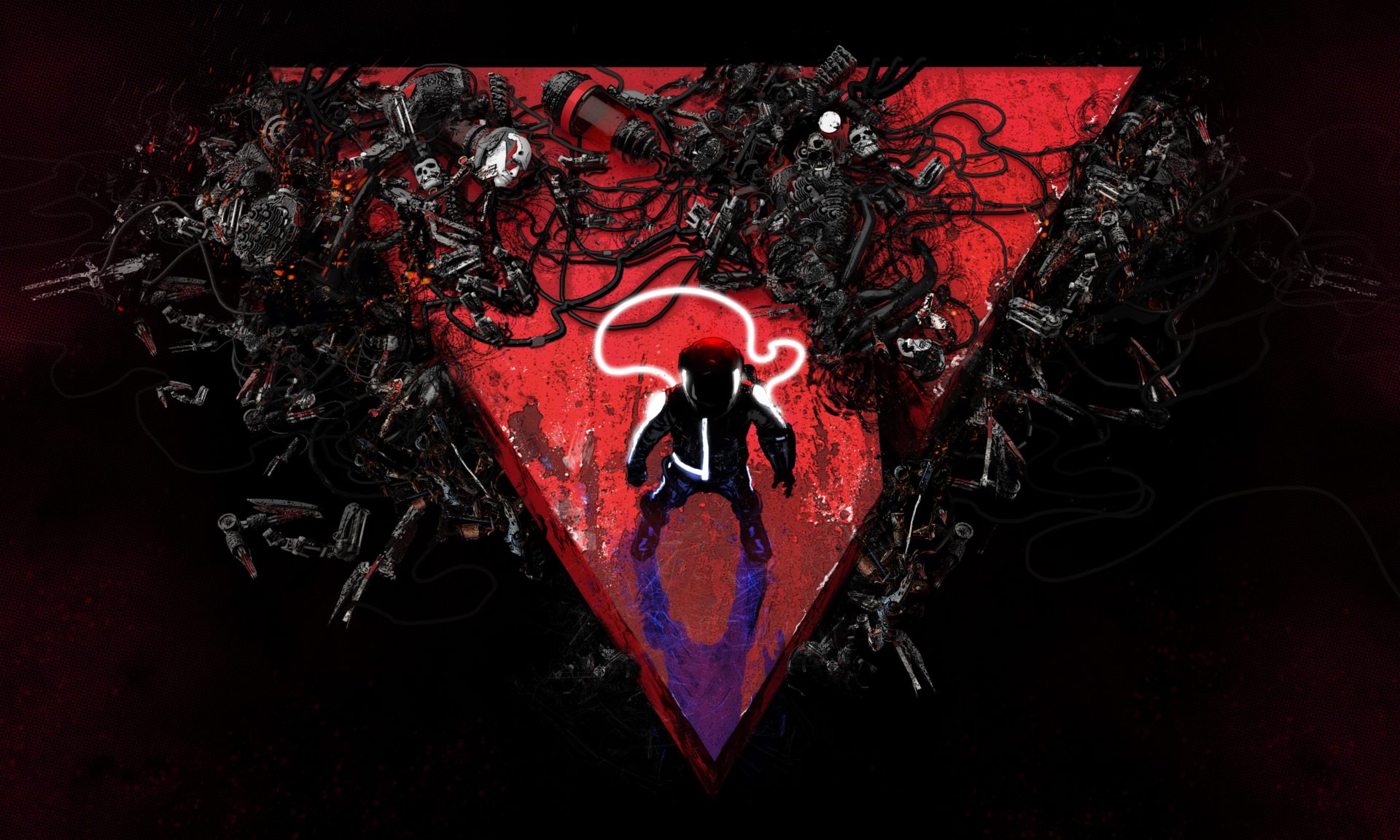
Taking detailed notes from games of yore such as Robotron: 2084 and Smash TV, Nex Machina is a modern slant in the logical progression of all things chaos and twin-stick-shooter. Working in conjunction with Eugene Jarvis, the grandfather of the frenetic arcade shooter, Housemarque ventured into new territory while remaining faithful to the edicts that set twin-stick shooters apart from other genres in the 80s and 90s.
Nex Machina is a blast to play. With tight controls, intelligently belligerent AI, beautiful design, and interesting bosses that redefine bullet-hell insanity, it’s exceedingly difficult to find another shooter that bests it. The most fun I had all year was traversing the game’s labyrinthine stages (which are utterly gorgeous), unlocking its well-placed secrets, and blasting robots into the scrap heap of oblivion in some of the most glorious arcade combat I’ve experienced since Resogun (and perhaps ever).
The only qualm I had with Nex Machina is that it wasn’t longer, but its arcade style more than makes up for that. When you come back to a game over and over and over and over again, that tells you something — it tells you a game is special. And in 2017, I played way too much Nex Machina, none of which I regret in the slightest. In short, Nex Machina is a masterclass in sensory bombardment without the overload — and makes you feel as if you’re truly living Running Man.
Nier: Automata
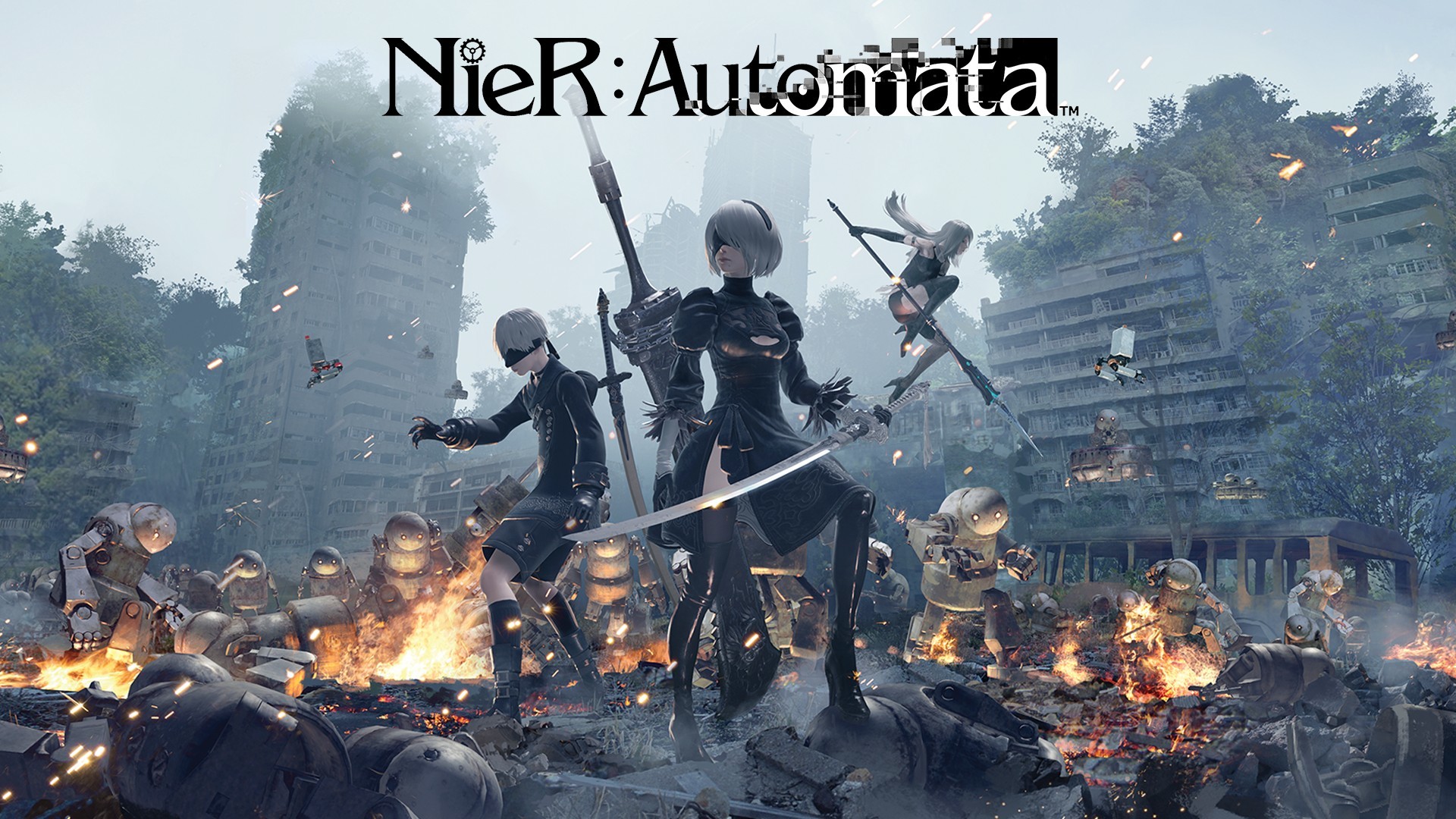
Nier: Automata perfectly blends genres into a whirling game-smoothie of delight. It’s the hack-and-slash action RPG top-down twin-stick shooter platformer I didn’t know I wanted until I finally started playing it. Somehow (some way), Nier seamlessly fuses 2D, 3D, and top-down playstyles and camera angles into a flourishing adventure of action and, at times, metered patience. It makes these genres feel naturally connected — and subverts player expectations in all the right ways.
On top of that, its narrative is quirky and whimsical, yet also full of emotional and philosophical resonance. Whereas I felt utter delight blasting robots in Nex Machina, Nier: Automata flipped the script. These weren’t blood-thirsty terminators but beings with emotion and agency — beings I grew to care for.
Swirling in and out of Nier‘s set pieces, the game’s soundtrack supports that emotion and agency with character and gravitas. Where there’s no dialogue, there’s music to explain character progression and intent. Where there’s bombastic fighting, there’s sweeping melody. There aren’t too many games that so elegantly synchronize story and poignancy in such a way, but Nier pulls it off beautifully.
Zach Hunt – Editor
The Legend of Zelda: Breath of the Wild
One of my fondest gaming memories — heck, one of my fondest memories in general — is of first setting loose upon some mysterious land called Hyrule, unsure of what exactly I was doing or where I was going, but finding absolute joy in every moment of the original The Legend of Zelda. Like a blue candle burning away a bush to reveal hidden depths beneath, Breath of the Wild rekindled that flame within me, reminding me of why I ever started playing video games in the first place.
Everything that can be said about Breath of the Wild has already been said, so rather than justify my game of the year pick by detailing all that it did right (or how it succeeds despite some flaws), I’m going to talk about my beloved Hyrulian horse, Jomo, and about how the connection I felt with him reflected this game’s unique ability to draw me into its world.
I think I was probably on my way to some Divine Beast or another when I spotted an innocent little fox that, for whatever reason, I decided needed to die. With my horseback archery skills being abysmal, I ditched my dappled steed Jomo and pursued that stupid fox down a cliffside for an unreasonable amount of time. Well, I couldn’t tell you where that little sucker ended up, but I found myself a hundred feet beneath my steadfast equine buddy, whose distant silhouette towered against a darkening Hyrule sky.
Possibly the best horse photobomb ever. Screenshot courtesy of Nintendolife forums.
So what did I do? I looked up at my trusty horse, and I did what you do in BotW: I whistled. I whistled poor Jomo — loyal to the last — to a horrific suicide straight down the face of the mountain.
Honestly, I don’t know what I was thinking. Part of me figured there was no way he’d hear the whistle from that distance or, if he did, that he’d surely just neigh it away as if to say, “Yeah, I don’t think so. You’re like three minutes from a stable full of other horses, so I’m just gonna chill up here until you decide to climb back up.” But that was misguided. That was ignorant. That was murder.
I watched in terror as my once graceful Jomo tumbled down, hooves-up, dashed against jagged boulders amid clouds of that very same Hyrulian soil upon which he once so nobly trotted. Time stopped. Critters scurried. And I was left to face the consequences of what I had just done to my best friend in all of Hyrule.
Jomo was gone for good (or so I thought at the time), and I was devastated. Sure, I had a couple other horses at the stables, but I hadn’t spent hours upon hours of my life exploring with those guys. Jomo was, and would always be, my adventuring companion in this world, and moving forward would be a much slower, more melancholic exercise from there on out.
Thinking back on my many, many hours with BotW, I consider just how much will it sometimes took to turn the game off, to get some sleep, to be a real person in the real world. But the death of dear Jomo, noblest stallion in all of Hyrule, was enough of a shock to keep me from returning to my Switch for well over a week. I needed time to mourn.
The point of all this hyperbole is that certain moments in BotW reminded me — on a very visceral level — that video games truly are more than just interactive entertainment. The death of Jomo, and my own genuine guilt afterward, made concrete for me the idea that video games belong right there alongside literature, film, and music as having the potential to truly transform and affect us. For that reason (and a million others), Breath of the Wild is my game of the year … and Jomo is my horse of the century.
Brian Schaaf (Rothalack) – Developer
PlayerUnknown’s Battlegrounds (PUBG)
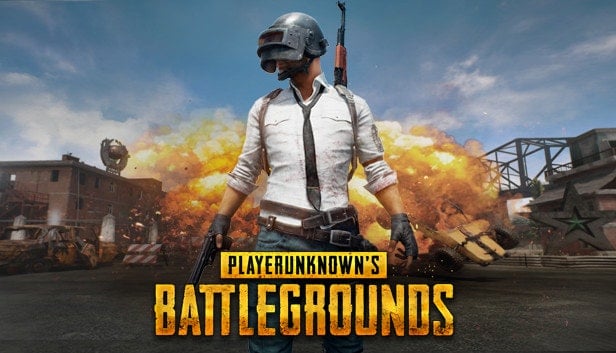
I was mostly displeased by 2017’s games. The games I really want to give my GOTY are not from this year. This means I have to begrudgingly give PUBG my game of the year.
The reason I can give such a broken mess GOTY is because of the design philosophy of the game and the cultural/streamer impact the game has made. It has so many whispers of where games like DOTA have come from: Pure grass roots passion and strict adherence to a design philosophy that results in a complicated game with a steep learning curve.
These types of games, in my opinion, keep the real hardcore gamer culture alive as well as prove its large market appeal. Gamers don’t always want perfect, streamlined, “mainstream” games. They want passionate, well thought-out, difficult games. Blizzard, for example, likes to make games that bridge the gap between near perfectly designed games and streamlined, easy-to-learn mechanics while still maintaining a hard-to-master feel.
PUBG is a great example that if there’s an idea of a game that is hard to learn from the start (and pretty much broken), it can still make Call of Duty jealous of the playerbase and wide appeal.
Kat De Shields – JTP Coordinator & Communications Manager
What Remains of Edith Finch
There are games that have stories in them, and then there are games that really tell a great story. As an avid writer and reader, What Remains of Edith Finch is a bittersweet narrative adventure that is beautiful in design and plot lines.
It goes without saying that the focal point of the game is the bizarre story that unfolds as Edith learns the history of her family members and what caused each of their deaths. The stories are connected in that the life and thoughts of one family member are referenced in sequences outside of their own. The narrative structure is subtly woven together in a way that gives life to the shadowy secrets Edith discovers as she walks through the house.
A theme of childhood nostalgia runs deep within the game — from monsters under the bed, to flying kites, to seeing how high you can go on a swing set. Often, I would pause during a segment and dwell in the level of detail provided in each vignette. Though some may wave off this game as a walking sim, if you’re looking for an adventure of heart and mind that lingers long after the end credits roll, you should definitely give What Remains of Edith Finch a go.
*******
What were your Game of the Year picks? Let us know in the comments below. Happy New Year from the GameSkinny crew! We hope 2018 is a great year for growth and gaming.

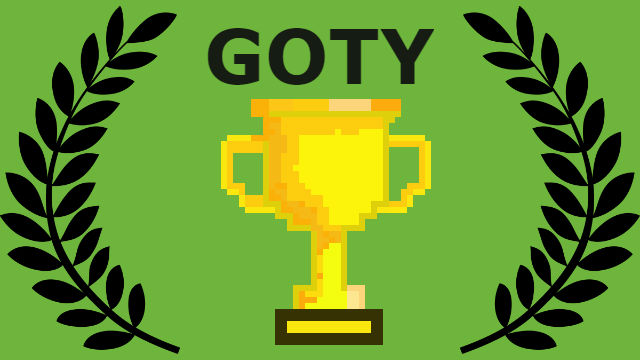
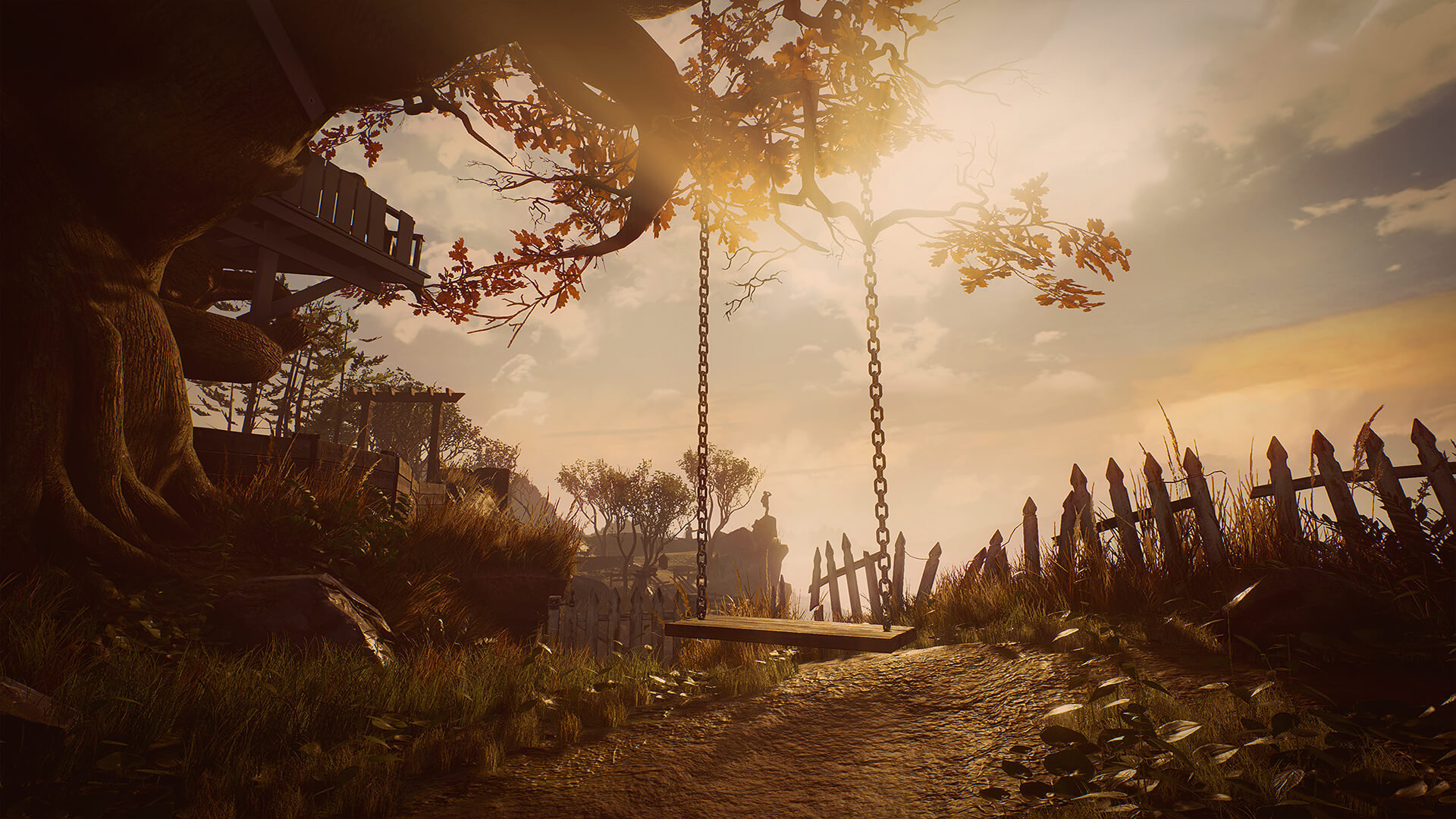





Published: Jan 2, 2018 04:02 pm